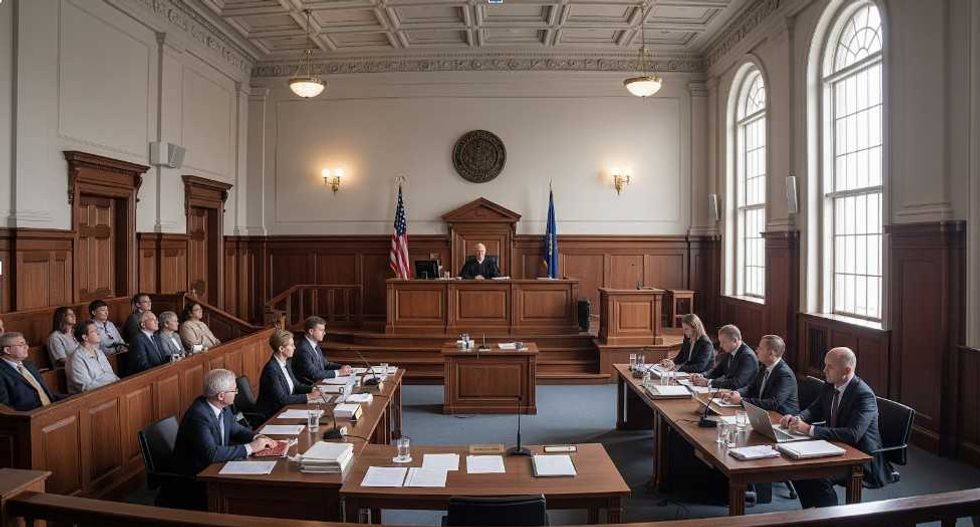Theatre, as an art form, is supposed to be groundbreaking. It is meant to inspire, move, and provoke. If we revisit the same concepts over and over again, we grow stagnant and boring in our art. Most people take this to mean that the content matter must be brand new and better than ever, but what we don't think about is the idea that we can change the scene to suit us. Shows are meant to be interpreted in a way that is unique to each turn. This is often done with staging and design. However, the more interesting pursuit is the one that is more inclusive.
Wright State's production of "A Streetcar Named Desire" opened last weekend, and here we find something that is brand new to our school's stage. Nerissa Johnson, a student with cerebral palsy who uses a wheelchair for movement, has a shared role as a flower vendor. She is the first student of her abilities ever to grace Wright State's stage, and it's amazing to see how positively audiences and peers have reacted to her presence. There is a place in theatre for people who are unable to do the traditional sense of choreography and performance. It requires thought and persistence, but when it happens it opens worlds up where once there were only closed doors.
Another recent example of this is Deaf West's production of "Spring Awakening," which debuted in 2015. This show, originally cast in 2006 with all hearing actors, was adapted to completely incorporate American Sign Language (ASL) as a visual component. Both deaf and hearing actors share the stage equally in the production, with voice actors shadowing those using sign language. Every actor uses ASL to some degree, whether as choreographed movement or for its intended communication.
There is also the national phenomenon "Hamilton," which tells the story of American historical figure Alexander Hamilton. Created by Lin-Manuel Miranda, this story incorporates people of color into a history that has been rewritten time and time again with a whitewashed, forgetful pen. The majority of the cast is black (including the actors who play the roles of George Washington and Aaron Burr), Asian, or Latino (Miranda himself is Puerto Rican and plays the title role). They as a group reclaim a space that has been traditionally dominated by white actors, and the incredible success of this work shows more than anything else that a broken tradition can sometimes lead to an incredible positive change.
There is room for more. There will always room for more. If there is ever a moment where we as artists question this, then we need to reevaluate. If we want to break ground, then we have to clear out and let others forward to tell their stories.



















